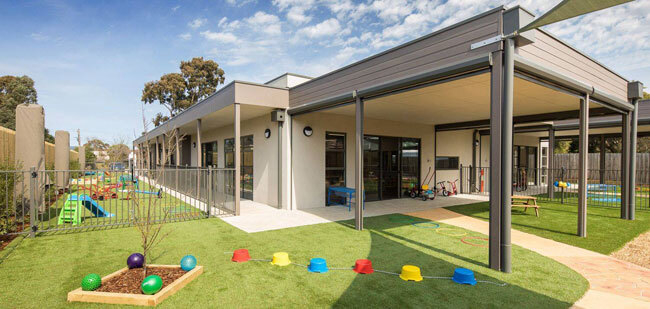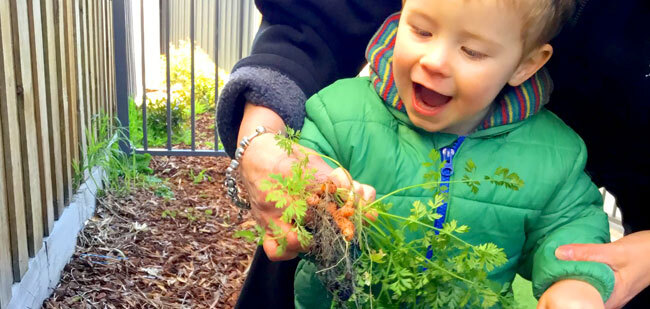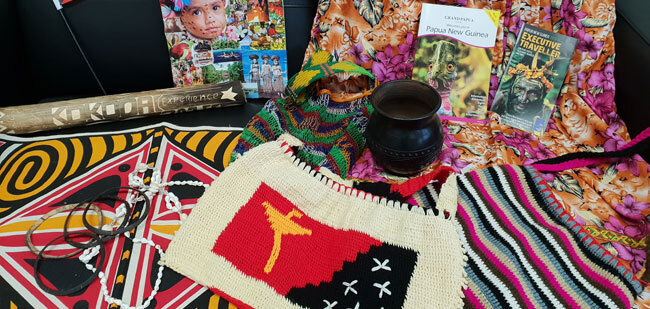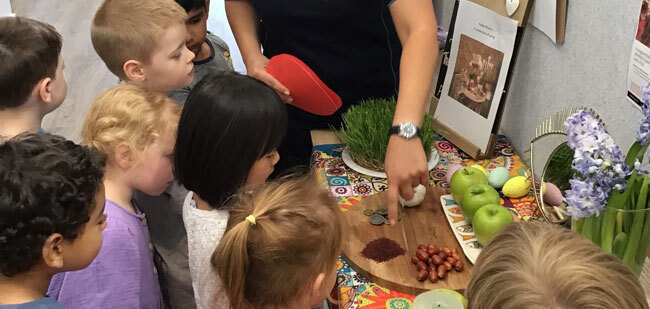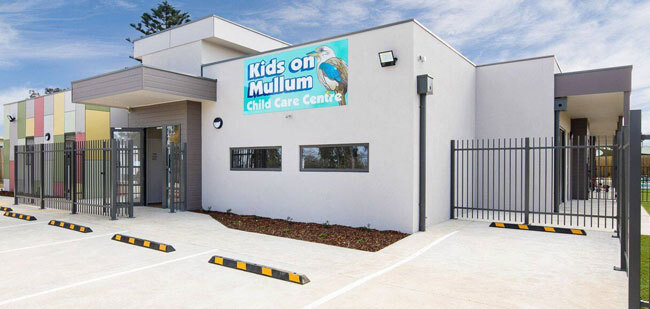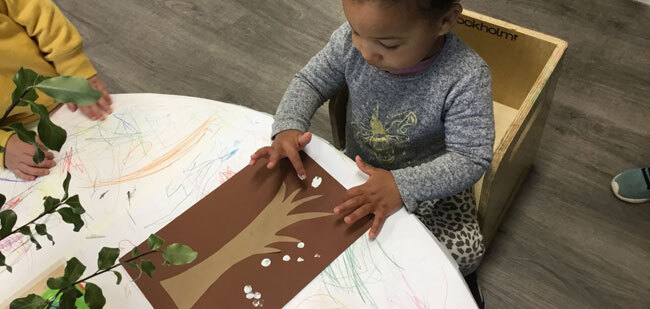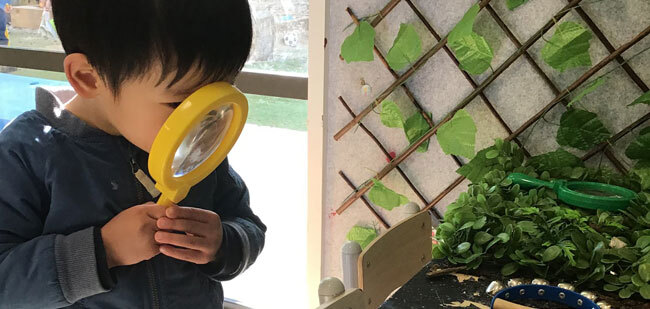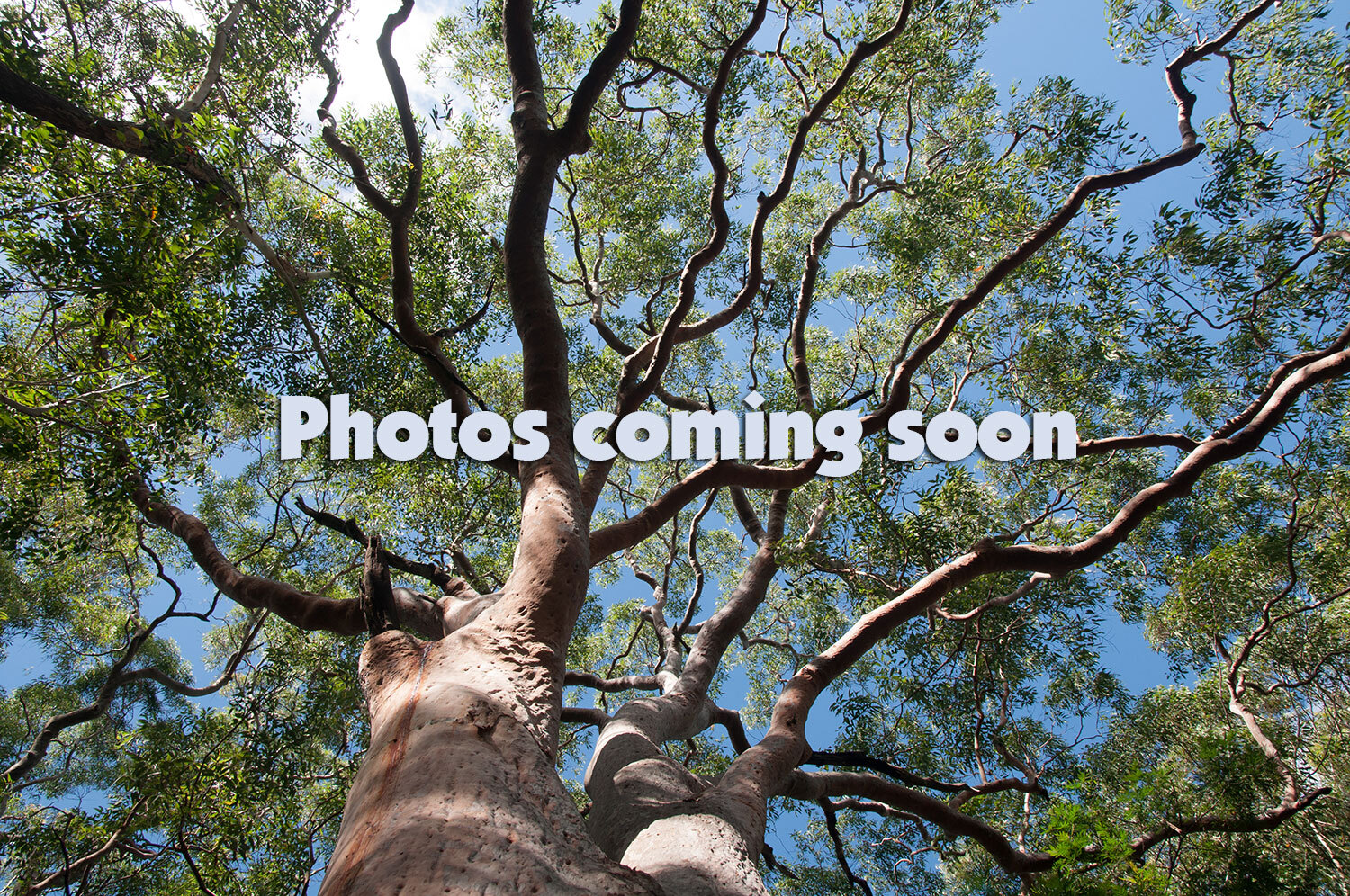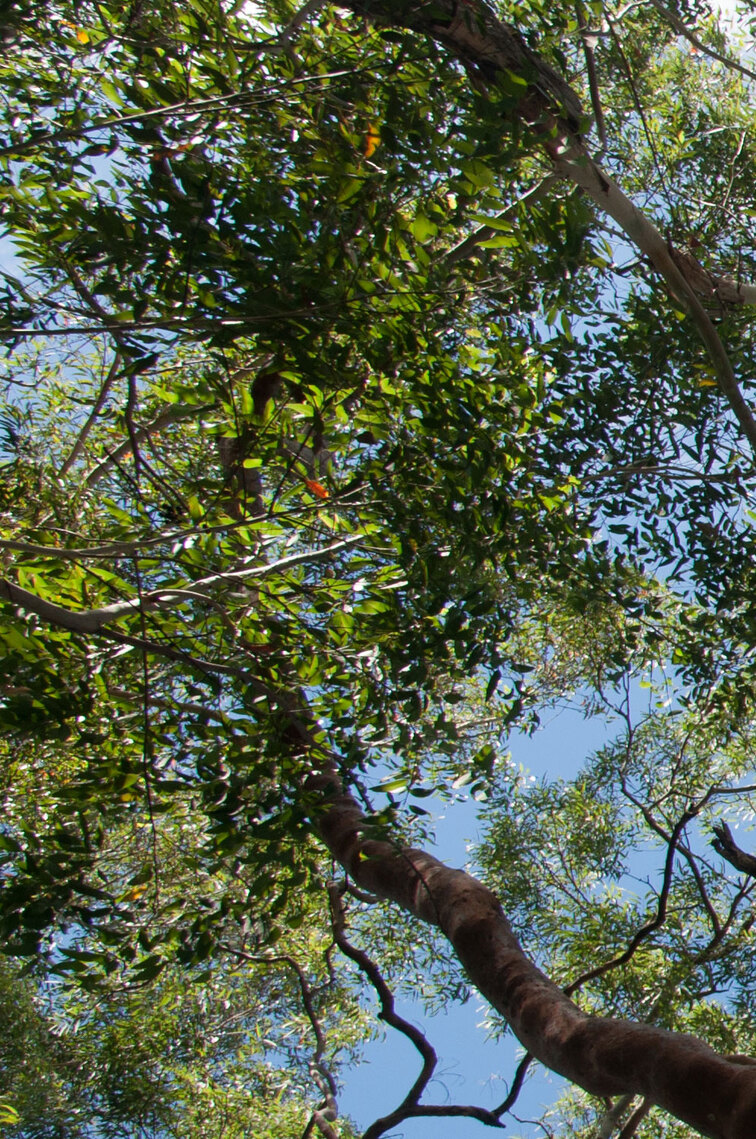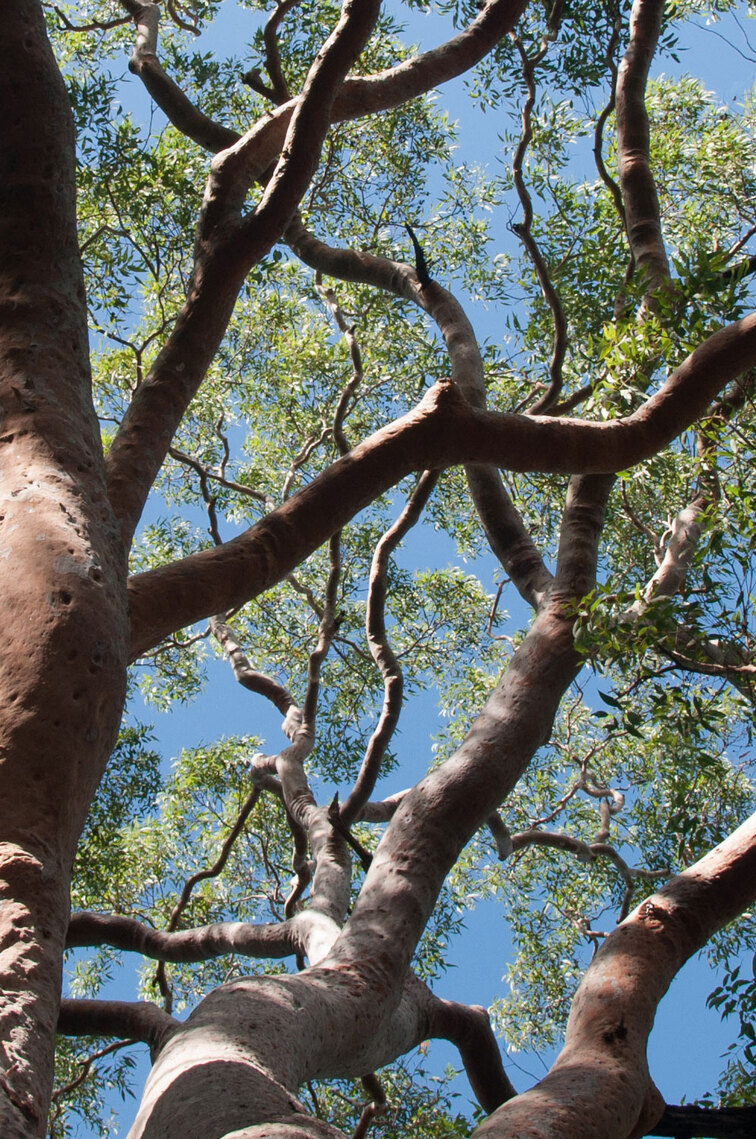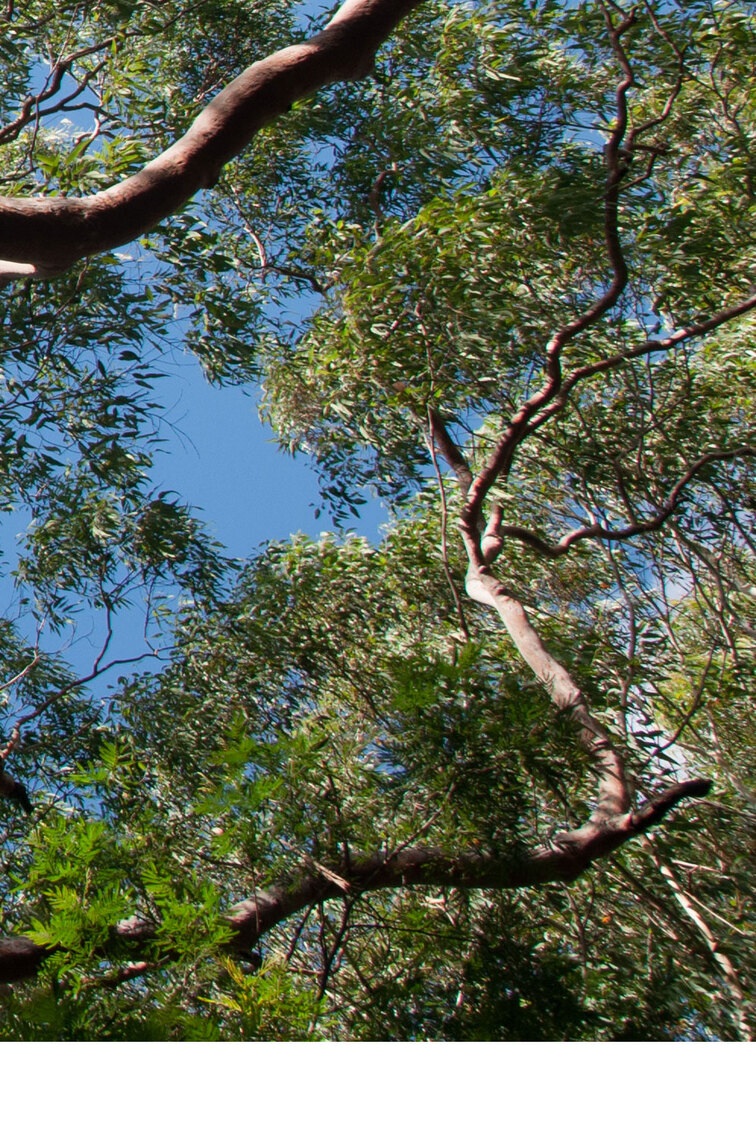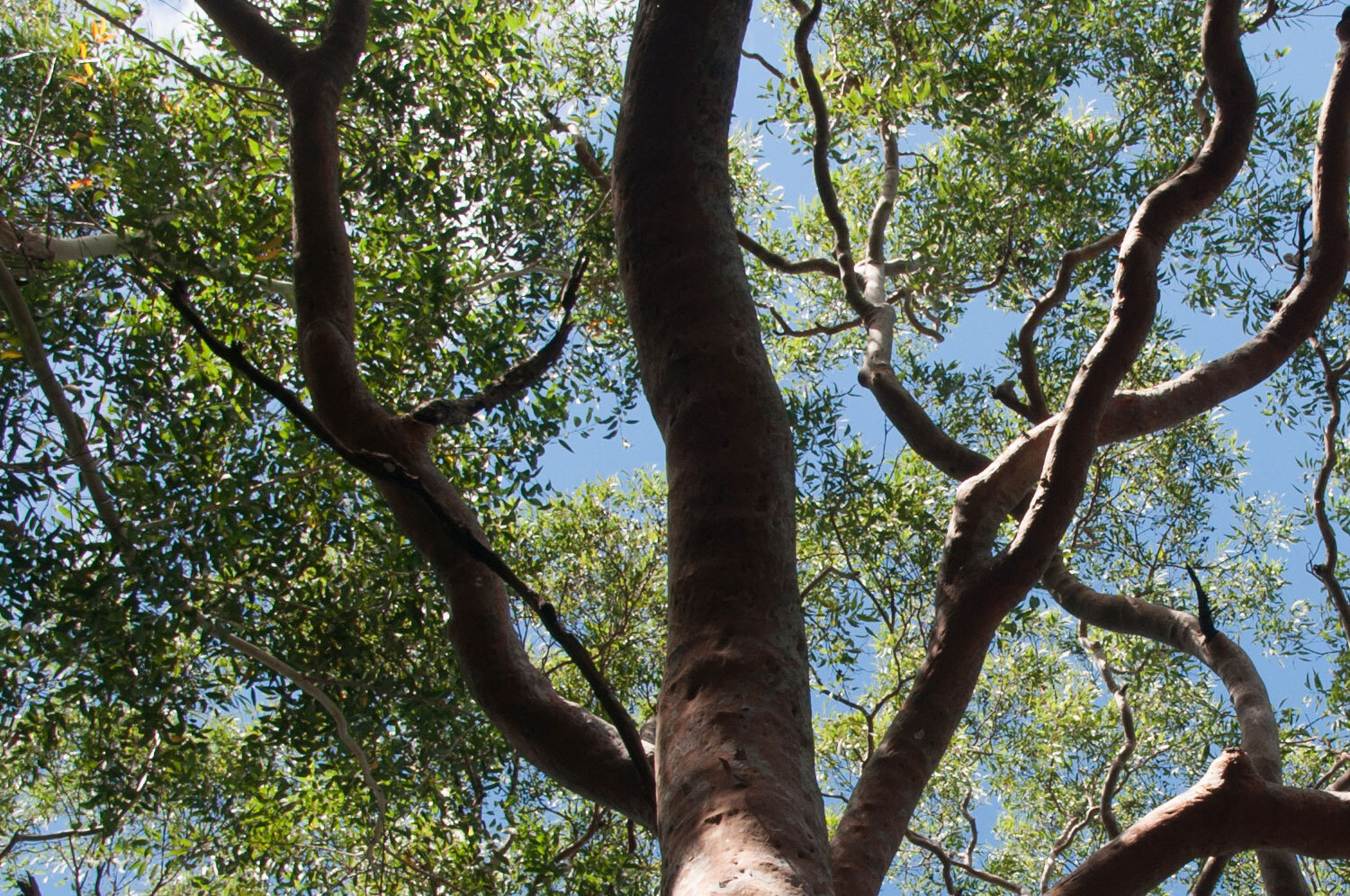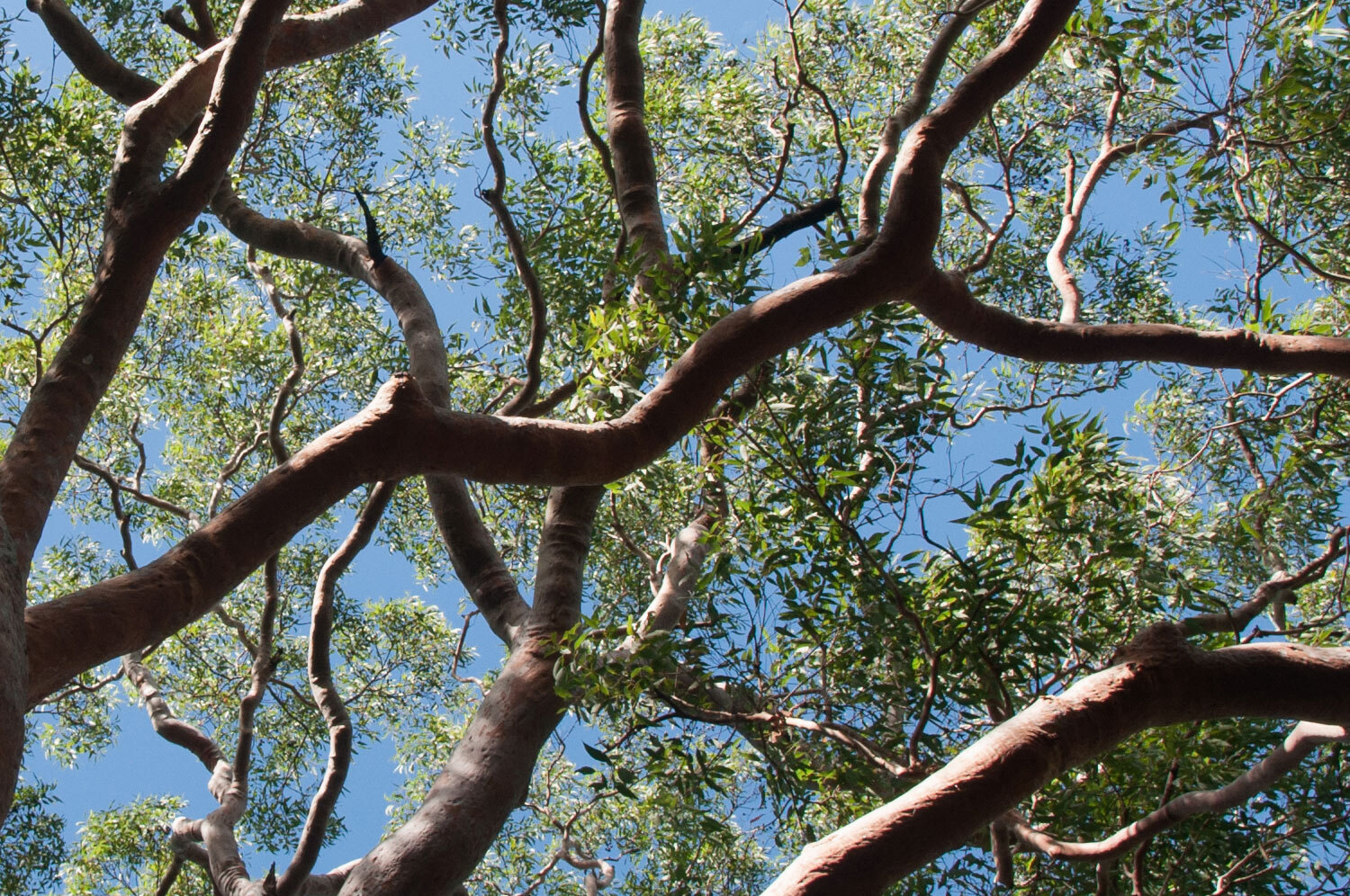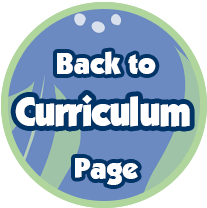Aboriginal 8 Ways of Learning
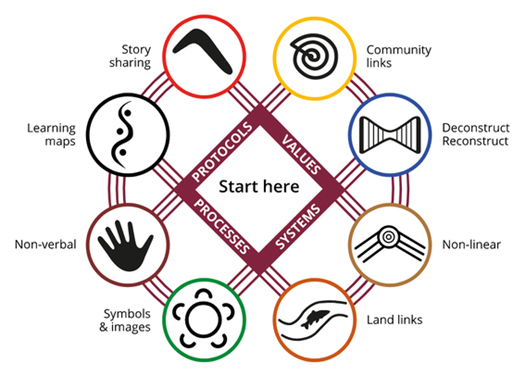
 Story Sharing
Story Sharing
We connect through the stories we share.
Story Sharing: Approaching learning through narrative.
Personal narratives (stories) are central
 Learning Maps
Learning Maps
We picture our pathways of knowledge
Learning Maps: Explicitly mapping/visualizing processes.
Images or visuals are used to map out processes for learners to follow.
 Non Verbal
Non Verbal
We see, think, act, make and share without words.
Non-verbal: Applying intra-personal and kinaesthetic skills to thinking and learning.
Kinaesthetic, hands on, non-verbal learning is characteristic.
 Symbols & Images
Symbols & Images
We keep and share knowledge with art and objects.
Symbols & Images: Using images and metaphors to understand concepts and content.
Symbol, image and metaphor are central to pedagogy.
 Land Links
Land Links
We work with lessons from land and nature. Land Links: Place-based learning, linking content to local land and place. Ecological and place-based, drawn from the living landscape within a framework of profound ancestral and personal relationships with place.
 Non-Linear
Non-Linear
We put different ideas together and create new knowledge.
Non-linear: Producing innovations and understanding by thinking laterally.
Nonlinear ways of learning are complementary, not oppositional
 Deconstruct/Reconstruct
Deconstruct/Reconstruct
We work from wholes to parts, watching and then doing.
Deconstruct/reconstruct: Modelling and scaffolding, working from wholes to parts, Begin with the whole structure, rather than a series of sequenced steps.
Holistic, global, scaffolded and independent learning orientations of students.
 Community Links
Community Links
We bring new knowledge home to help our mob.
Community Links: Centering local viewpoints, applying learning for community benefit.
For more information please visit: www.8ways.online


